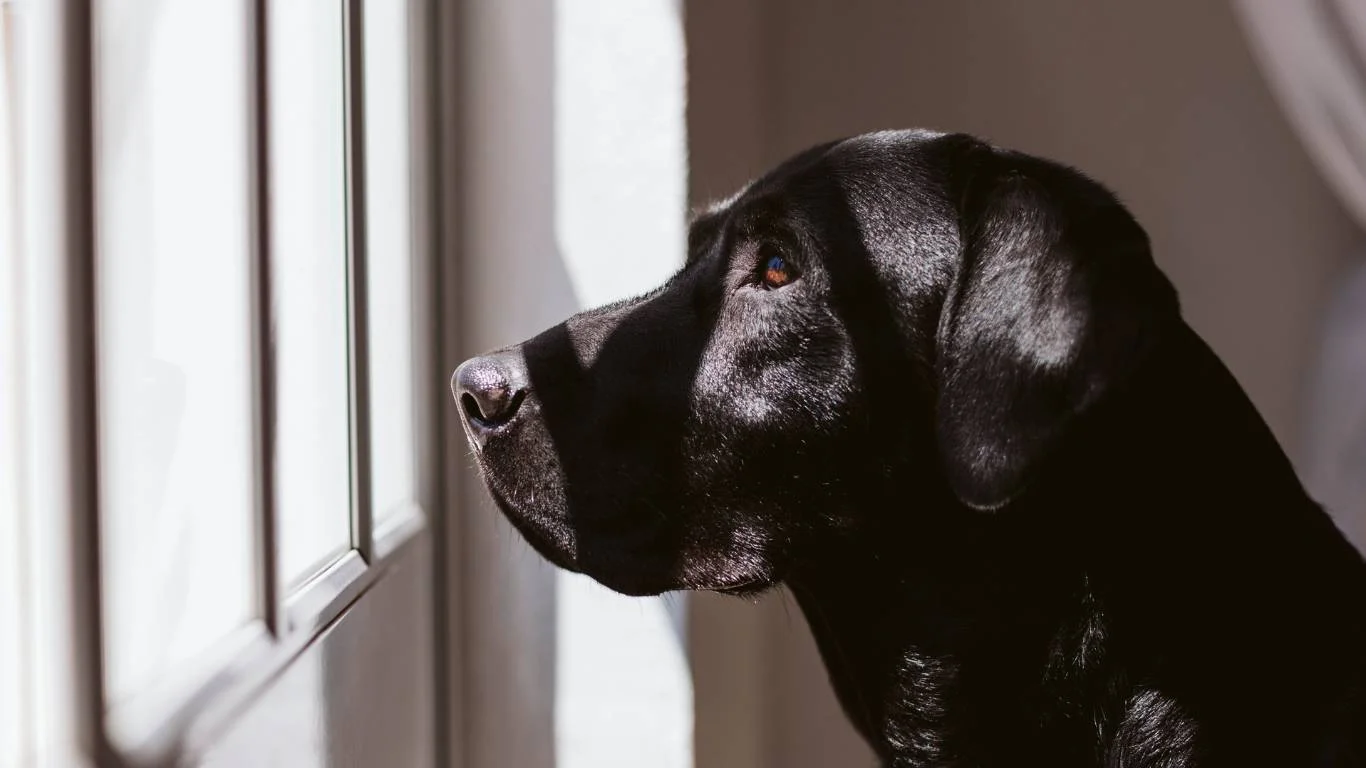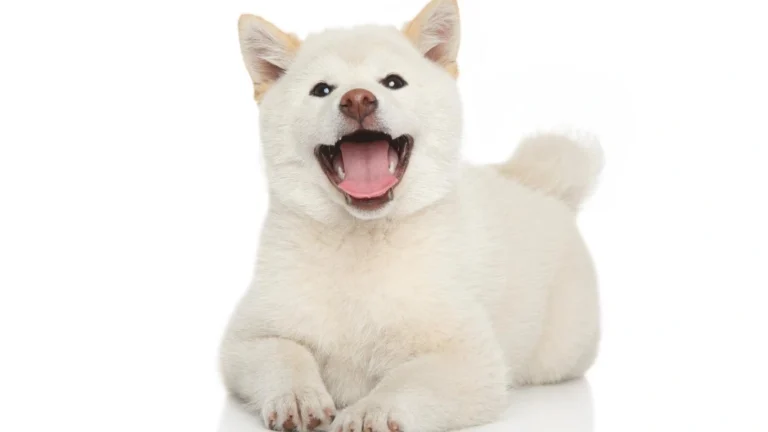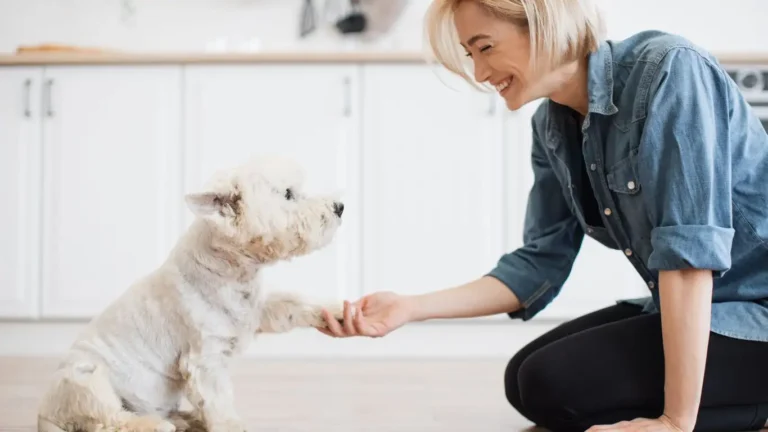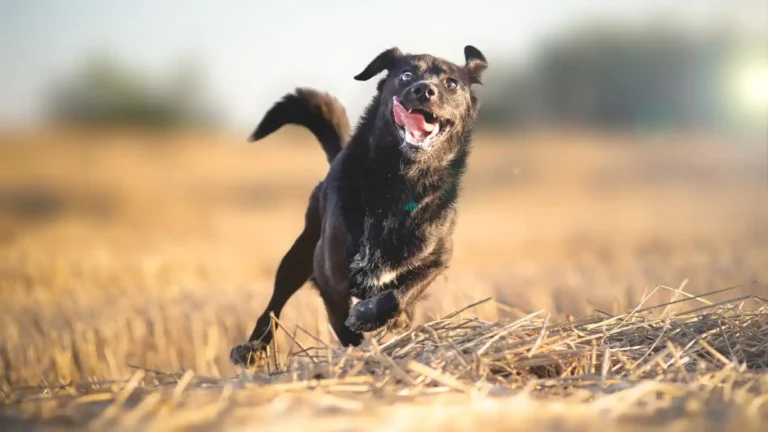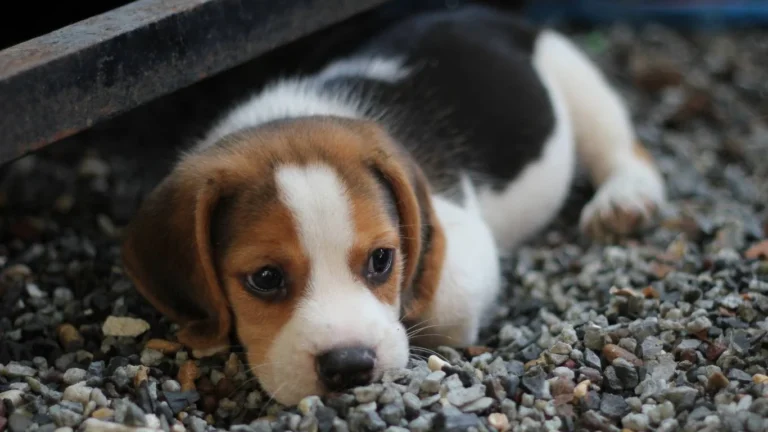How to Prevent Overheating in Brachycephalic Dogs: Essential Tips for Safety
If you’ve ever had a pug panting like he just ran a marathon after walking 10 feet, or a bulldog that insists on sunbathing despite the sweltering heat, then you already know how real the struggle is. How to prevent overheating in brachycephalic dogs isn’t just a summer concern—it’s a daily reality for anyone who shares their home with these smushy-faced, snorty sweethearts. As someone who’s worked as a Veterinary Assistant with a focus on pet nutrition, I’ve seen the effects of overheating firsthand. Trust me, it’s not pretty—and it’s definitely preventable with the right know-how.
Why Brachycephalic Breeds Are at Higher Risk
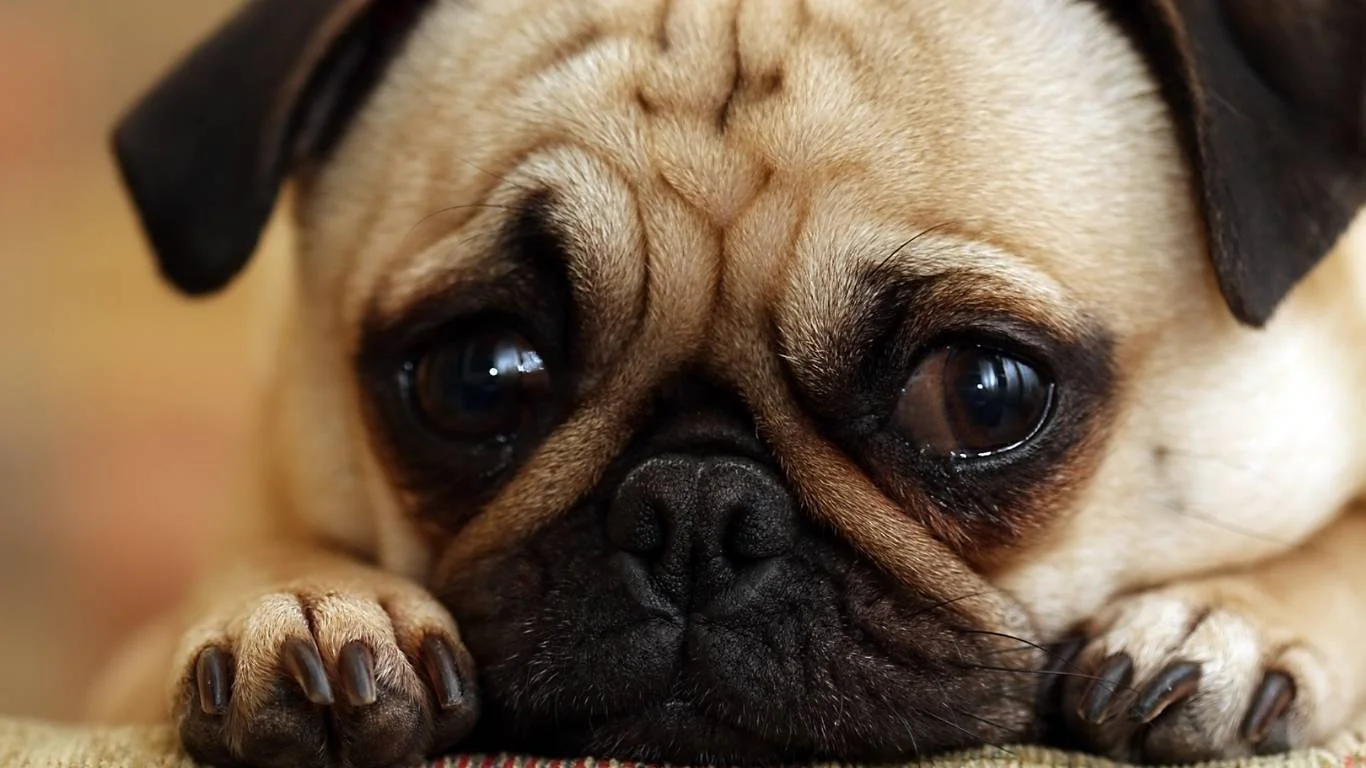
Let’s break it down real quick. Brachycephalic breeds—think pugs, Frenchies, bulldogs, Shih Tzus, and Boston terriers—have flat faces and short nasal passages. That adorable squishy look we all love? It comes with a price. These dogs have a harder time panting efficiently, and since panting is a dog’s way of cooling down, it sets them up for overheating faster than you’d expect.
Working in the clinic, I once had a client rush in with their bulldog after just a 15-minute stroll on a 75°F day. The poor guy was wheezing, drooling, and had collapsed in the yard. Heatstroke had already set in—and it didn’t take long. That moment really stuck with me and made me double down on educating pet parents about preventive care.
Common Symptoms of Overheating
Knowing the signs of heat stress can save your dog’s life. Look out for:
- Heavy, labored panting
- Drooling or thick, sticky saliva
- Bright red or pale gums
- Staggering or collapsing
- Vomiting or diarrhea
- Confusion or lethargy
If you notice any of these signs, act fast. Move your dog to a cooler place, offer water (not ice cold!), and call your vet ASAP.
Creating a Safe Environment at Home
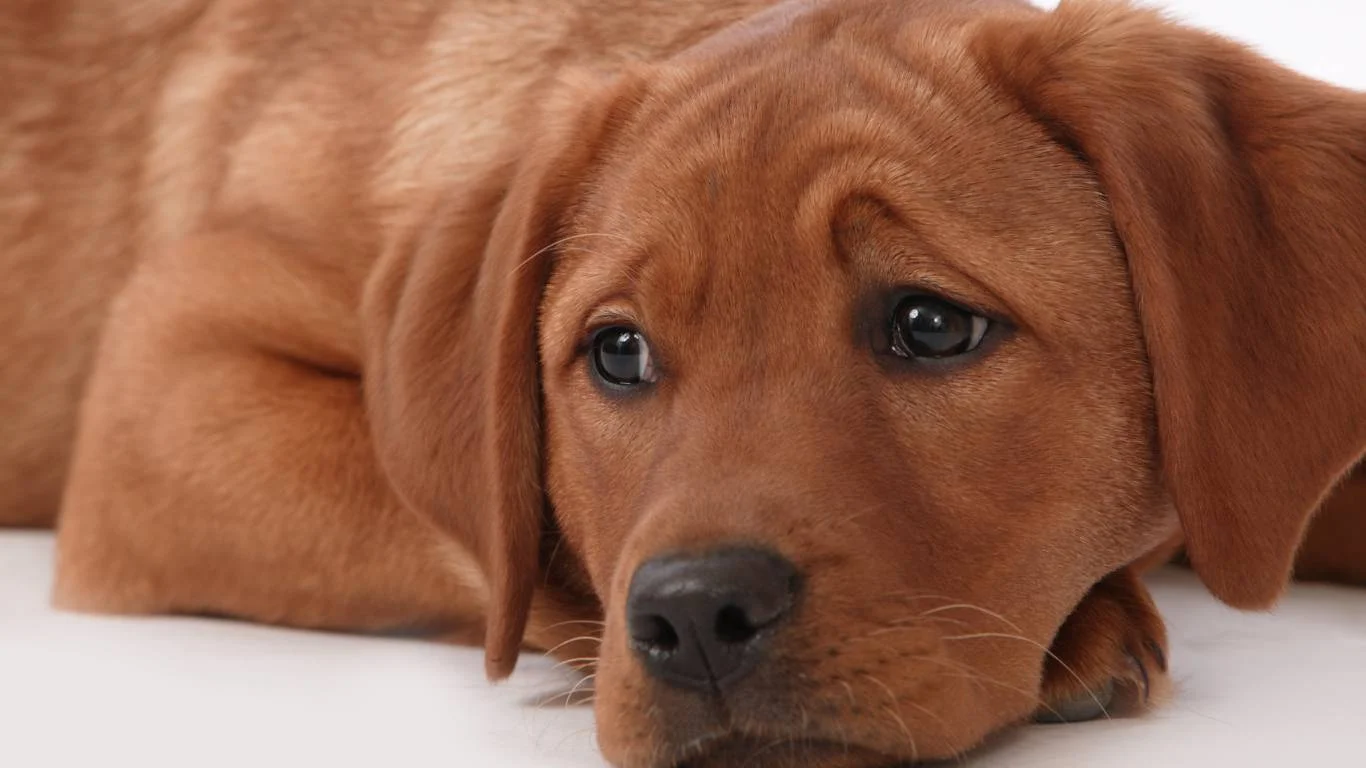
Prevention starts at home, and honestly, this is where you can make the biggest impact. Most of the brachycephalic dogs I’ve worked with don’t realize when it’s “too hot”—they rely on you to be their thermostat. Here are some of my go-to tips I often share during vet consults:
1. Keep Indoor Temperatures Comfortable
It’s tempting to open the windows and let the warm breeze roll in, but your squish-faced buddy might be better off with a fan or AC. Keep your home below 75°F if possible. A cooling mat or elevated bed can also help promote airflow under their body. A fan isn’t just for you—place one near where your pup naps during the day. Trust me, they’ll thank you.
2. Hydration, Hydration, Hydration
This one can’t be stressed enough. I’ve seen dogs come in with dehydration on days when it wasn’t even that hot. Keep fresh, clean water available in multiple spots around your house. Consider adding a few ice cubes to the bowl—but not too many if your dog’s sensitive to cold. You can even freeze some low-sodium bone broth as a cooling treat. One client started doing this regularly, and her bulldog loved “pupsicles” more than any commercial treat out there.
3. Limit Outdoor Time
Midday walks? Big nope. Aim for early morning or late evening strolls when temperatures are lower. And even then, keep it short and slow. One thing I always advise is doing the “pavement test”—press your hand on the ground for 5 seconds. If it’s too hot for you, it’s too hot for them. Better yet, stick to grassy areas or shaded trails. Even better, play indoors when it’s scorching outside. Tug-of-war knows no time zone!
4. Use Cooling Gear
Cooling vests, bandanas, and mats are a game-changer. I had a pug patient who would refuse to go outside in summer without her chilled vest on—she’d literally sit at the door and wait for it. They might look a little silly, but if it keeps your buddy cool and safe, who cares?
Nutrition Plays a Role, Too
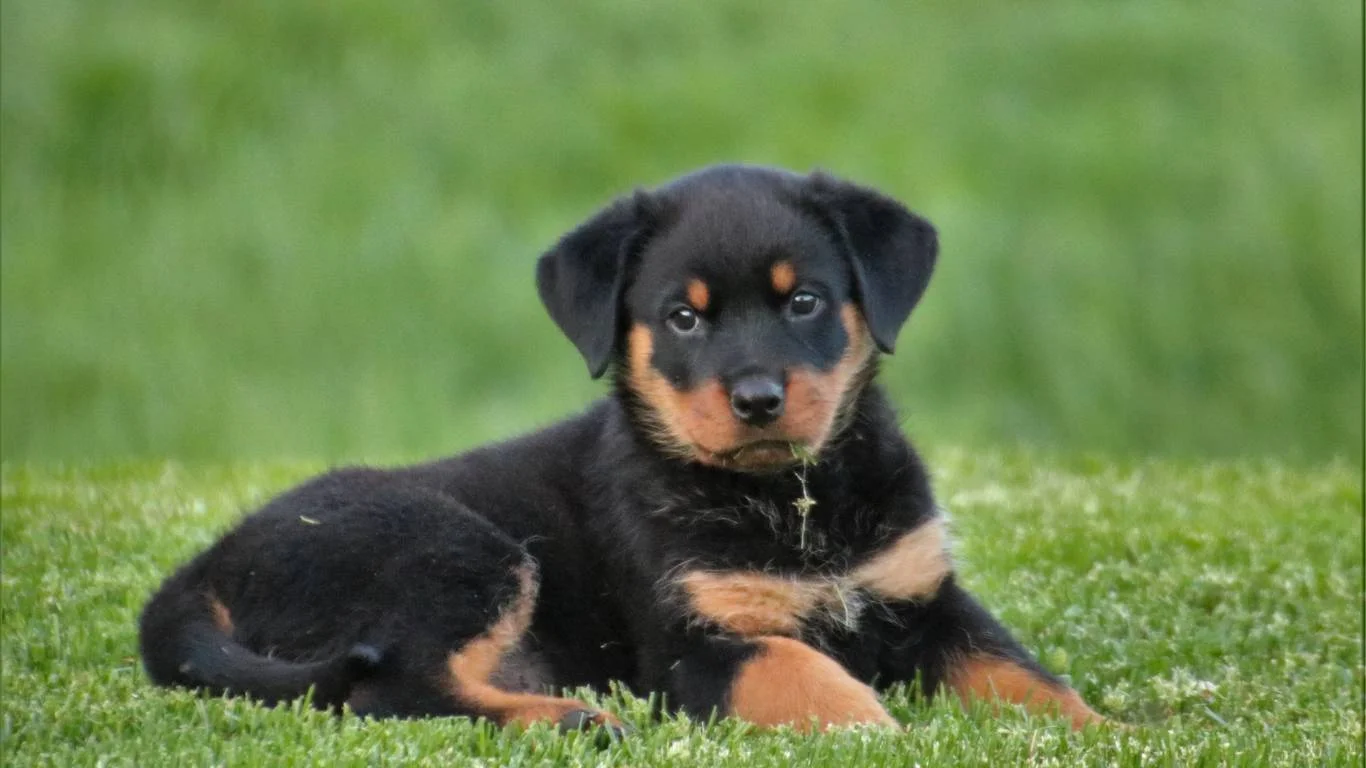
Okay, hear me out—food matters more than you think. As someone who specializes in veterinary nutrition, I’ve seen how diet can affect a dog’s ability to regulate body temperature. Overweight brachycephalic dogs are at way higher risk for heat exhaustion. Carrying extra pounds adds pressure on their airways and makes it harder for them to pant efficiently.
Feeding a high-quality, moisture-rich diet can make a huge difference. Think wet food or adding bone broth or water to kibble. Some clients have even moved to gently cooked or raw diets (with vet guidance), and it’s made a noticeable difference in energy levels and summer tolerance.
Supplements That May Help
There are some safe, vet-approved supplements you can consider to support hydration and inflammation:
- Omega-3 fatty acids – help reduce inflammation and support overall health
- Electrolyte powders – formulated for pets (not human ones!) to boost hydration during hot days
- Probiotics – improve gut health, which can affect immune responses to heat stress
Always talk to your vet before starting anything new, though—I’ve seen cases where well-meaning owners used the wrong dosage or human products that weren’t pet-safe.
Training Tips to Help Prevent Overheating
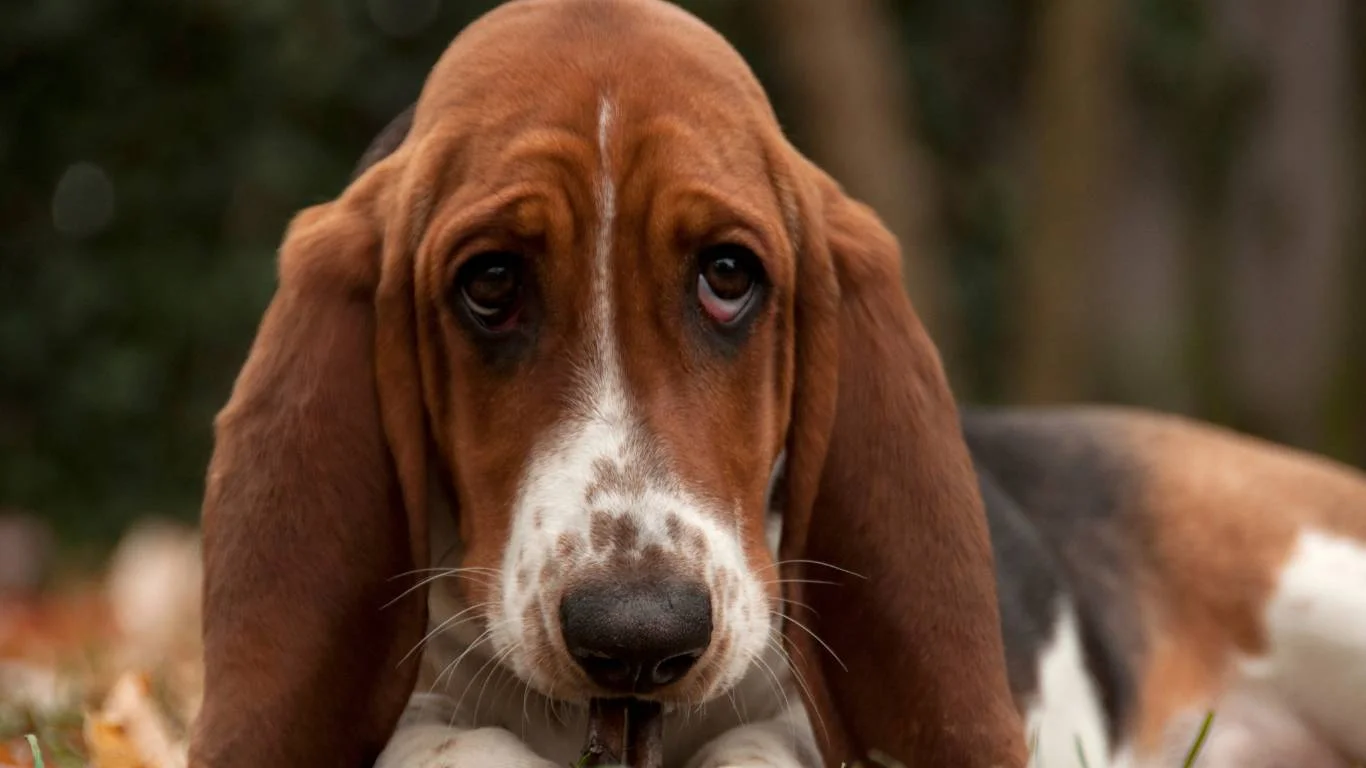
So let’s talk about training—because yes, even training can play a huge role in how to prevent overheating in brachycephalic dogs. When I worked hands-on with clients, I’d often see the lightbulb go off once they realized that their dog’s behavior was contributing to the problem. The good news? You can train smarter, not harder.
1. Teach a Solid “Settle” Command
Brachycephalic breeds can get excited fast, especially in group settings or when guests come over. I had a Frenchie patient named Louie who would zoom around the house like a tiny bowling ball every time someone said “walk.” That kind of exertion in warm weather? Dangerous. Teaching a calm “settle” command can be a lifesaver—literally. Start indoors in a cool environment, and reward calm behavior consistently.
2. Leash Manners Matter
You wouldn’t believe how many overheating episodes I’ve seen just from dogs pulling like sled dogs on walks. That extra strain on their already restricted airways is no joke. Training your dog to walk loosely on a leash helps reduce stress and effort. Use a harness instead of a collar—especially for breeds like pugs and bulldogs—to avoid pressure on the throat.
3. Build Heat Tolerance Gradually
This is a big one. Think of it like conditioning an athlete. You don’t toss a couch potato into a marathon, right? The same goes for your pup. Start with short, low-stress outings in cooler weather, and slowly increase exposure time. I often recommend starting with five minutes in early morning hours, then adding a minute every few days—while carefully watching for any signs of overheating.
Outdoor Safety Strategies for Summer Months
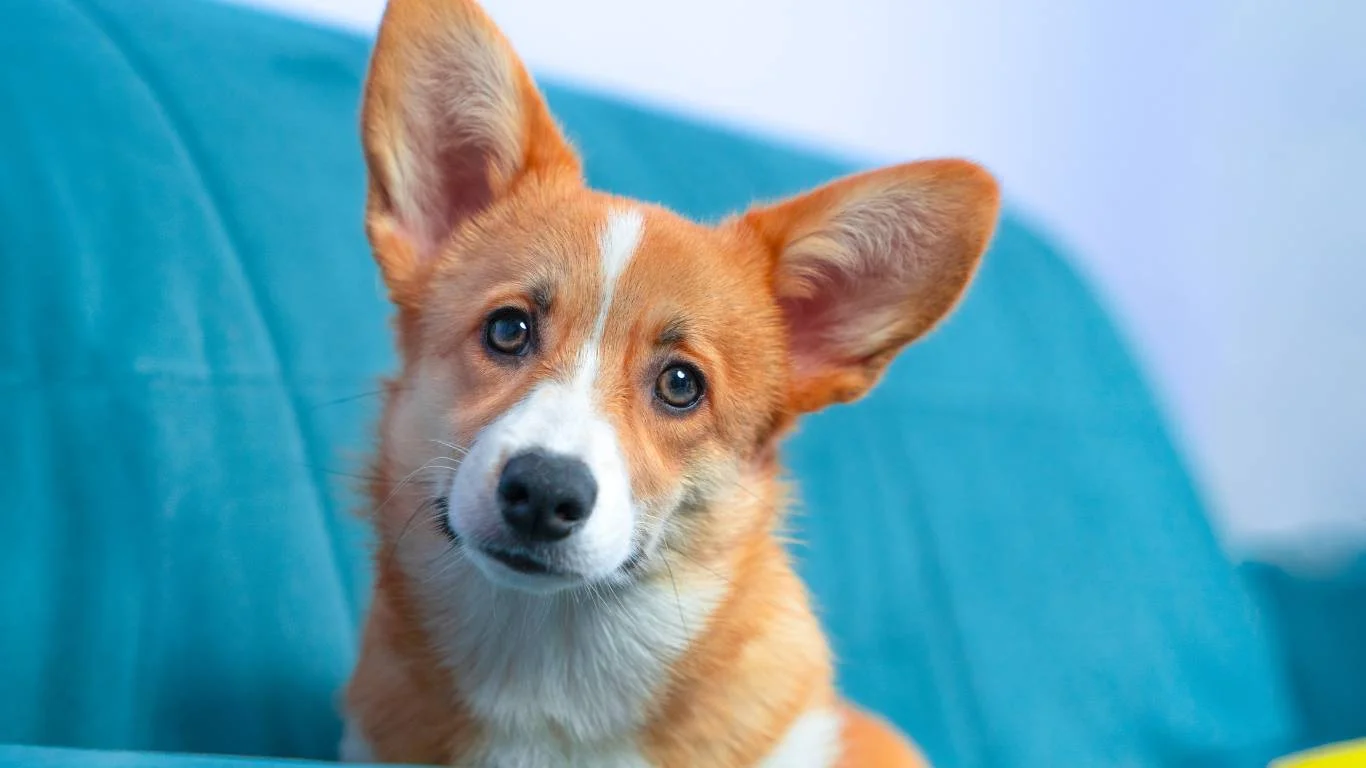
Summertime can still be fun for our flat-faced friends—you just need a solid plan. When I had a client who was adamant about bringing their Boston Terrier to weekend park picnics, we worked out a full “cooling kit” strategy. It kept her dog safe and let her enjoy the day stress-free.
1. Pick the Right Time of Day
It’s simple, but crucial—avoid the midday sun. Stick to early mornings or after 7 p.m., depending on your climate. Your dog will still get their adventure, but without the danger.
2. Always Have Shade and Water On Hand
I personally recommend collapsible water bowls and portable shade tents (yes, they exist!). One family I worked with actually got a little pop-up canopy for their English Bulldog’s favorite picnic spot—it looked like a mini beach cabana, and their dog LOVED it.
3. Avoid High-Energy Play During Heat
I know it’s tempting to throw that ball just one more time, but for brachycephalic dogs, less is definitely more. Tug toys, gentle sniff-walks, or puzzle toys under a tree are better options than fetch or chase games under the sun.
4. Don’t Rely on Cooling Vests Alone
Cooling vests are amazing—don’t get me wrong—but they’re not a magic shield. Think of them as an extra layer of protection, not a license to run wild in 85-degree weather. I always suggest testing the vest indoors first and checking if your dog seems comfortable wearing it for extended periods.
Emergency Cooling Techniques Every Pet Parent Should Know

Let’s be real—no matter how careful you are, things can go sideways. And when they do, you want to act quickly and effectively. These techniques are ones I’ve walked through with countless pet parents during emergency visits.
1. Know the Golden Window
Heatstroke can escalate fast. Once your dog’s internal body temp hits 104°F or higher, you’re on a tight timeline. The goal? Bring the temperature down gradually—not all at once, and not with ice. Rapid cooling can shock their system.
2. Use Lukewarm Water and a Fan
Wet towels with lukewarm (not cold) water and place them over your dog’s neck, belly, and paws. A fan helps speed up the evaporation and mimics their natural cooling process. I keep a “cool-down kit” in my car with towels, bottled water, and a battery-powered fan—just in case.
3. Offer Small Amounts of Cool Water
Don’t let your dog gulp down a bowl of ice water. Instead, offer a few sips every couple of minutes. If they vomit, stop and get to the vet ASAP. Rehydrating gradually is safer and reduces stress on the stomach and organs.
4. Call Your Vet Immediately
I’ve seen too many well-meaning owners lose precious minutes trying to manage a full-blown heatstroke at home. If you even suspect your dog is overheating, call your vet. They may instruct you to start cooling measures on the way in, or even come outside with oxygen support ready.
Recognizing Breed-Specific Needs

This is where experience really counts. Every brachycephalic breed is different—and even within a breed, dogs vary widely. I’ve worked with pugs who are surprisingly heat-tolerant and bulldogs who can barely walk a block in May. You’ve got to know your dog. That means regular vet check-ups and understanding their specific anatomy.
1. Talk to Your Vet About BOAS
Brachycephalic Obstructive Airway Syndrome (BOAS) is common in flat-faced breeds. Some dogs may need corrective surgery to improve airflow. If your dog snores loudly, gags often, or tires easily, it’s worth discussing with your vet. I’ve seen dramatic improvements post-surgery—some dogs go from couch potatoes to trail trotters.
2. Don’t Compare to Other Dogs
This one’s tough. We all want our dog to be the “normal” one at the park. But you’ve got to work with the pup in front of you. Just because your neighbor’s golden retriever is sprinting in 90°F weather doesn’t mean your Frenchie should. Play your own game—it’s not a competition, it’s about protection.
Daily Cooling Routines That Actually Work
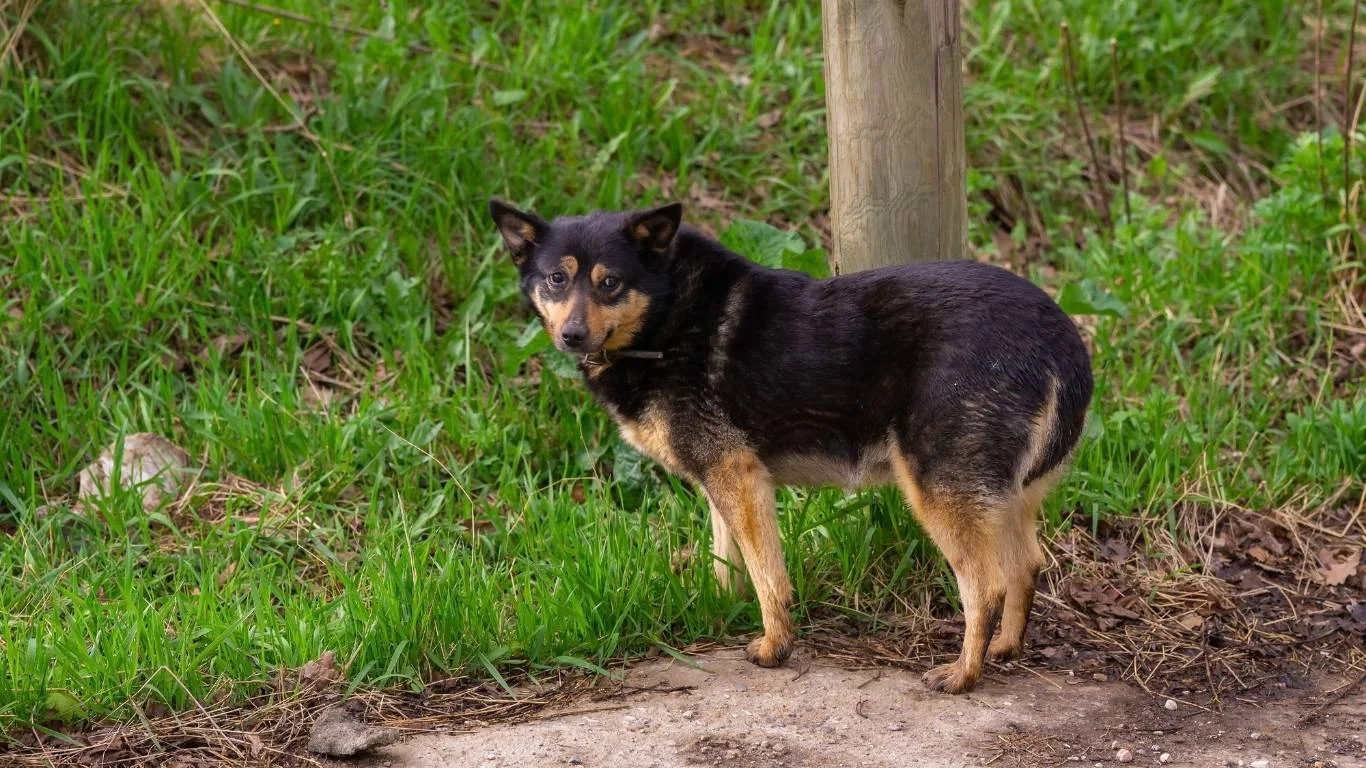
Now that we’ve covered training, emergency prep, and outdoor safety, let’s dig into the routines. The stuff you do every day, without even thinking about it, can make a huge difference in how to prevent overheating in brachycephalic dogs. I’ve seen time and time again—dogs that thrive in summer aren’t just lucky. Their owners are intentional. It’s the little habits that stack up.
1. Morning Check-Ins
Before you even grab your coffee, check the temp. I’ve trained myself to glance at the weather app first thing every morning. If it’s going to hit 80°F or higher, that’s my sign to adjust our plans—maybe we skip the long walk and do enrichment games indoors instead. My old clinic had a chart on the wall showing “danger zones” by temperature and humidity, and let me tell you, it was eye-opening.
2. Cool Zones in the House
One client I worked with had a genius idea—she turned a closet under the stairs into a “cool den” for her pug, complete with a fan, cooling mat, and dim lighting. Dogs are smart—they’ll gravitate toward comfortable areas if you set them up. Keep multiple cool spots available, especially if you live in a multilevel home. Bonus tip: ceramic tile floors are your dog’s best friend on hot days.
3. Chill Enrichment Activities
Enrichment doesn’t have to mean cardio. I’m a huge fan of frozen treat toys stuffed with banana and unsweetened yogurt, lick mats, and snuffle mats to engage the brain without raising the body temp. I once hosted a “cool treat class” at our clinic, and you’d be amazed how quickly those bulldogs forgot about the heat once they had a peanut butter popsicle in front of them.
4. Nighttime Wind-Downs
After the sun sets and the temp dips a bit, that’s when I schedule short backyard sniff sessions or slow leash walks. It’s not about exercise at this point—just movement, fresh air, and a calm routine to finish the day. Make sure they’re not overexerting just because it “feels” cooler. Your dog doesn’t sweat like you do—cooler air doesn’t always mean safer exertion for them.
Real Stories from Clients and Their Squishy-Faced Friends
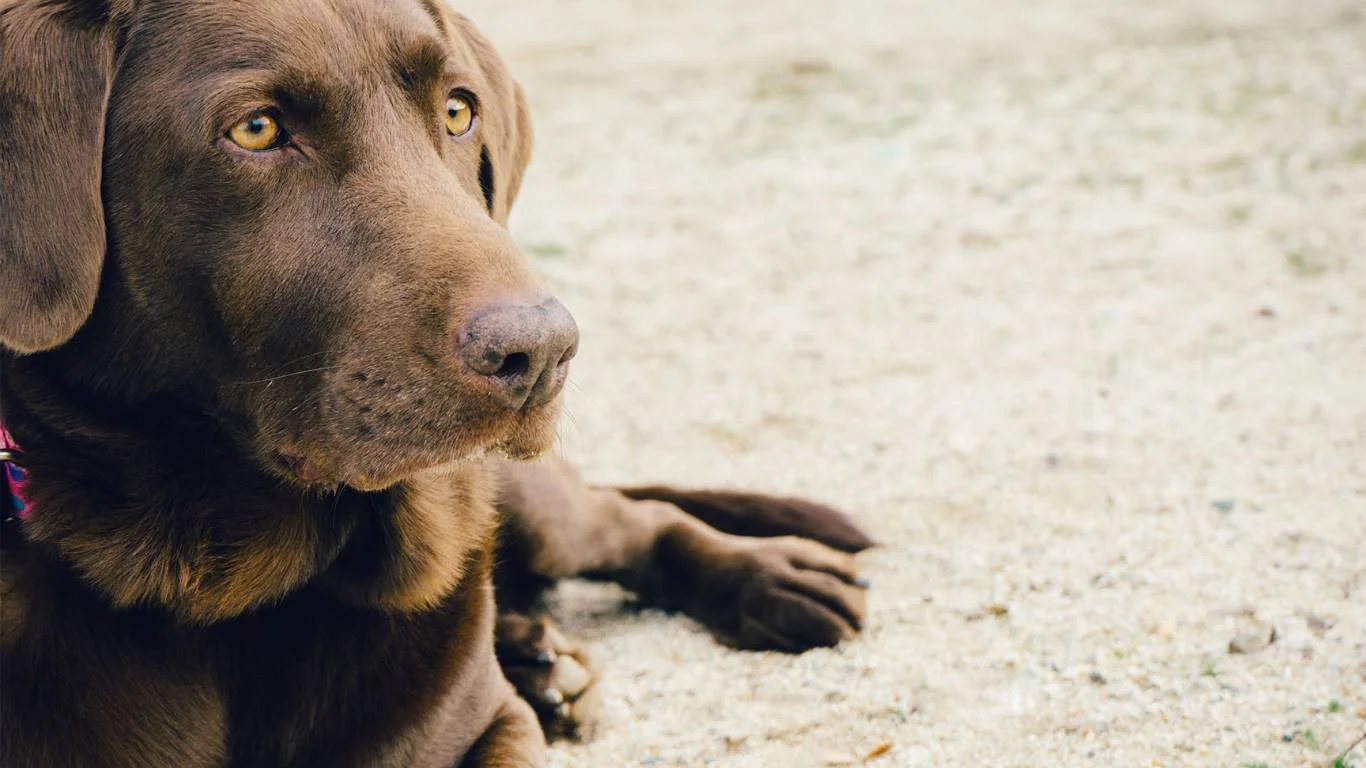
I could throw data at you all day, but nothing hits home like real stories. These are a few moments from my vet assistant days that stuck with me—and might help you see the bigger picture.
Louie the French Bulldog
Louie’s owner used to walk him after work, around 4 p.m.—summer sun blasting, asphalt hot enough to cook an egg. After Louie collapsed one afternoon, she came in full of guilt and tears. We treated him for heat exhaustion, and thankfully, he bounced back. But what changed after was incredible. She started waking up early to walk him before sunrise, switched to a cooling harness, and learned how to read his body language better. Two summers later? No incidents. Just a snorting little guy thriving in the early hours.
Daisy the Shih Tzu
Daisy was overweight, prone to panting, and hated the heat. Her turning point was switching to a gently cooked, moisture-rich diet (with her vet’s guidance). She dropped a few pounds, her energy improved, and she started handling short walks again—even in late spring. Nutrition truly is a game-changer for these dogs. That was one of the first cases that made me pivot toward pet nutrition education—it works.
Max the Boston Terrier
Max had a minor surgery for BOAS, and the improvement was almost instant. His snoring stopped, his breathing was smoother, and he could finally enjoy short bursts of play without overheating. His owner was hesitant about the procedure at first, but afterward, she said it was the best decision she’d made. If your vet brings up airway surgery—it’s worth exploring.
Additional Resources Worth Bookmarking
Whether you’re new to brachy breeds or a seasoned squish-face lover, it helps to keep solid resources on hand. These are some trusted places I refer clients to regularly:
- PetMD – Articles on dog health, hydration, and emergency care.
- AKC – Great breed-specific advice for brachycephalic dogs.
- NIH – For research-based health insights, especially if your dog has other health conditions.
- Health.com – Occasionally covers pet health topics with a wellness angle.
Final Thoughts and Ongoing Care
If there’s one thing I’ve learned working in veterinary medicine, it’s that you are your dog’s biggest advocate. Especially with brachycephalic breeds, prevention isn’t optional—it’s essential. These dogs rely on us to read their cues, know their limits, and create an environment where they can be safe, healthy, and happy. There’s no one-size-fits-all solution, but when you take a proactive approach, you’re giving your pup the best shot at enjoying summer right alongside you—minus the danger.
Stay Watchful, Stay Informed, Stay Cool
Heat-related incidents can sneak up on even the most well-meaning pet parents. Keep learning, stay flexible, and don’t be afraid to adjust your routine as your dog ages or the climate changes. Prevention is ongoing—it’s not a one-and-done thing.
Disclaimer
This content is based on my professional experience as a veterinary assistant with a focus on pet nutrition and general care. It is not a substitute for professional veterinary diagnosis or treatment. Always consult with a licensed veterinarian for any specific concerns related to your dog’s health or behavior.
